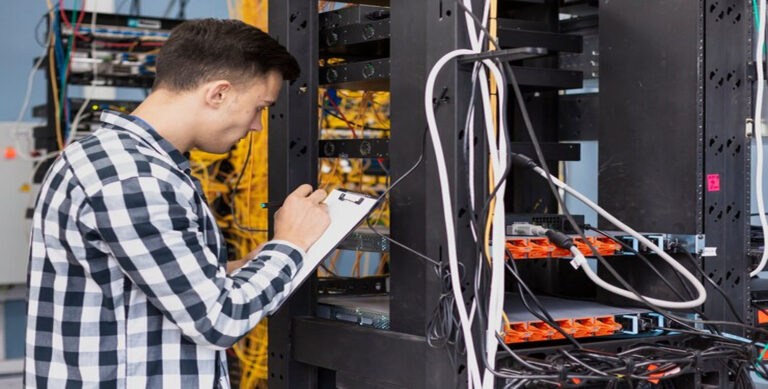Fairway Nomad: The Ultimate Guide to Living the Golf Lifestyle on the Road
In the world of golf, there are many ways to experience the game, from local courses to exotic destinations. However, a rising trend has recently … Read more
In the world of golf, there are many ways to experience the game, from local courses to exotic destinations. However, a rising trend has recently … Read more

In today’s rapidly evolving educational landscape, the demand for skilled and passionate educators continues to grow. Many professionals in the education sector are looking for … Read more

When working with large, complex models in Autodesk Navisworks, a “Navisworks server busy” error can be a frustrating and time-consuming obstacle. This issue often arises … Read more

Cannoli, the iconic Italian pastry with its crispy shell and creamy filling, is beloved by dessert enthusiasts around the world. While there are many places … Read more
Introduction to Cin Gindin Maimuna Cin Gindin Maimuna is a vibrant cultural celebration deeply rooted in the traditions of certain communities. Its name embodies a … Read more

Introduction In a world that often feels fast-paced and disconnected, the concept of Budemin Gindi offers a refreshing reminder of the value of community and … Read more

seeking growth and success. With the rise of startups and established companies alike, the demand for expert guidance has surged. This article will explore the … Read more

Domenica in Moldavia si terrà il secondo turno delle elezioni presidenziali. Dopo quanto avvenuto durante il referendum sull’adesione all’Unione Europea i moldavi, sui social e … Read more

In the vibrant tapestry of New York City’s cultural landscape, few concepts intrigue and captivate like the term “Beldames NYT.” This phrase not only evokes … Read more

When searching for the perfect venue for your next event, you may have come across the term “Fritz Pollard Stadium rental.” This iconic stadium, located … Read more